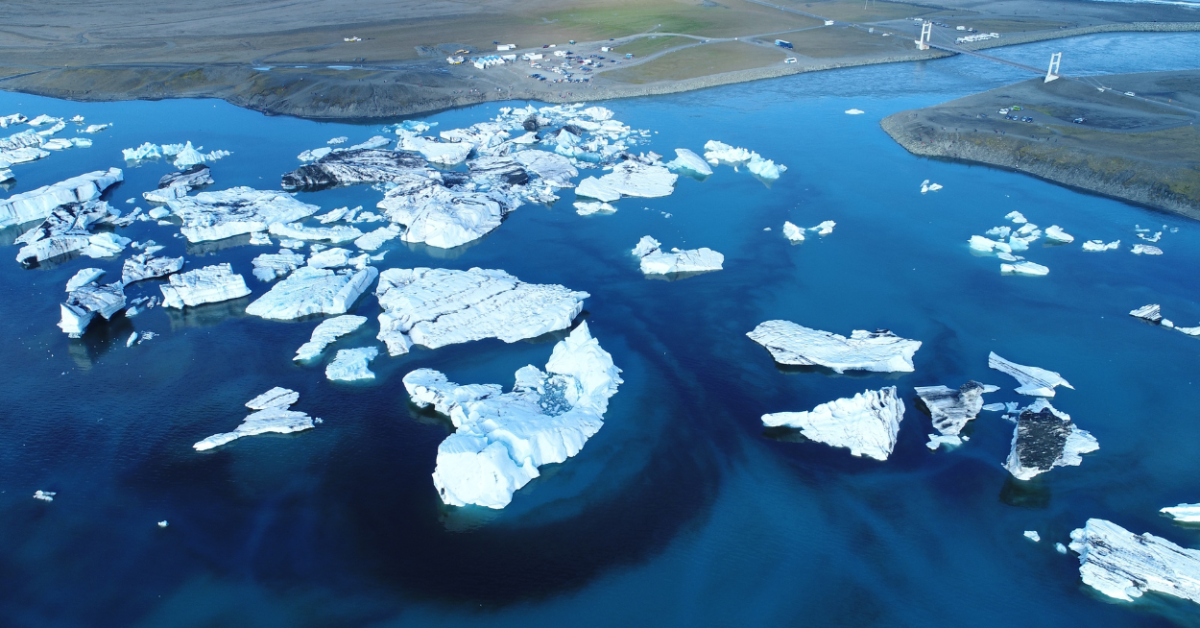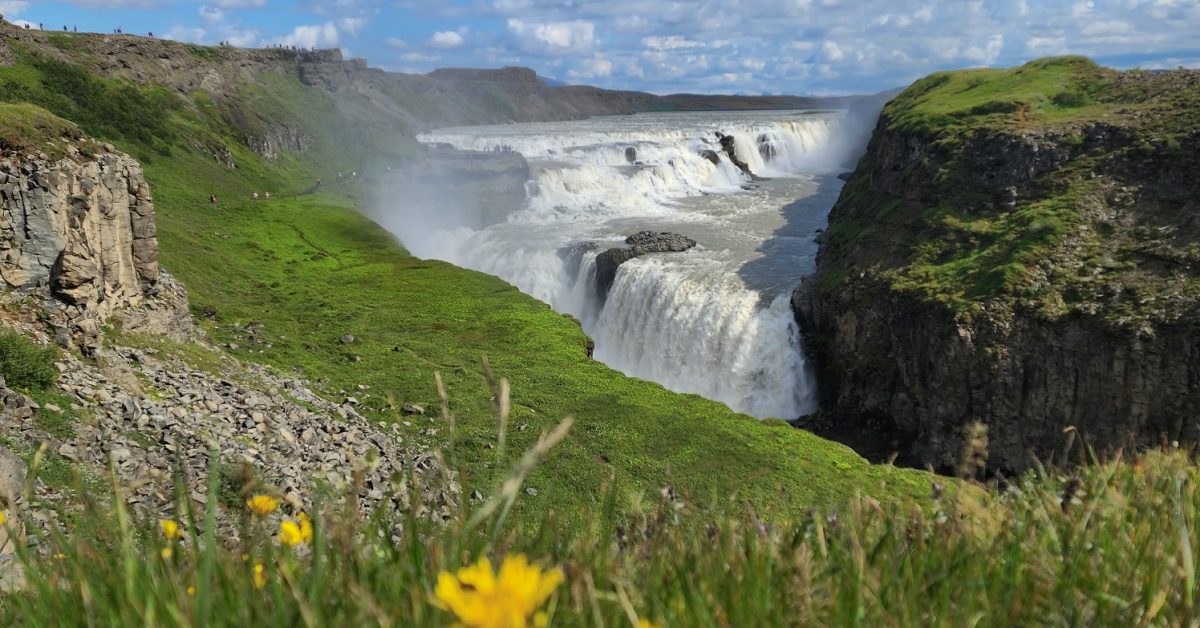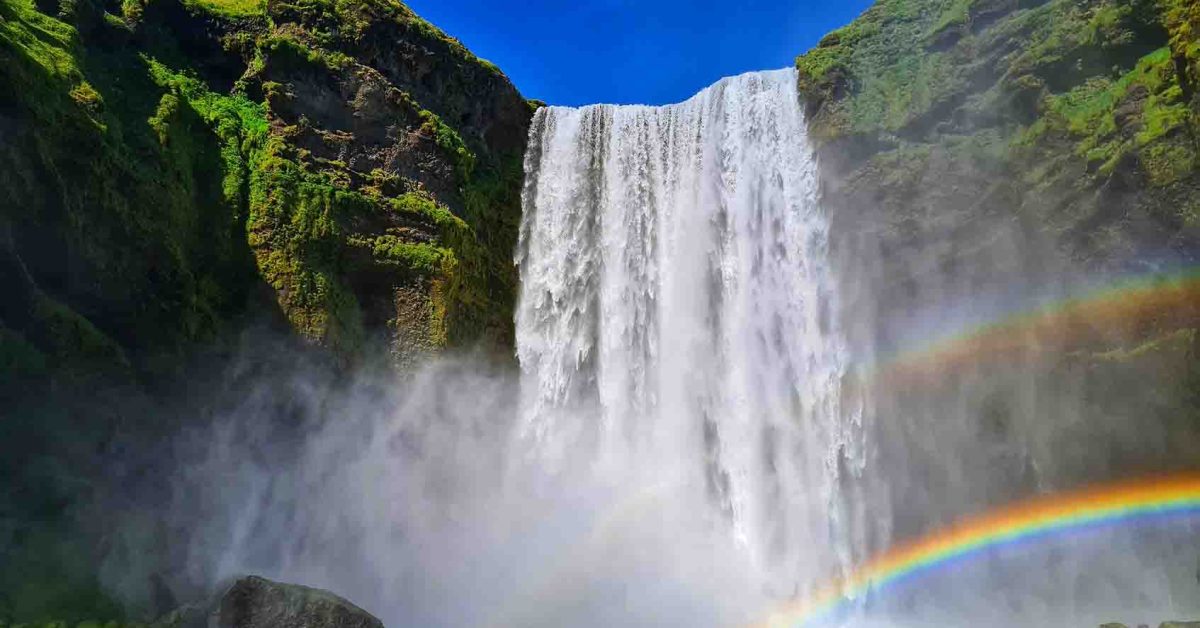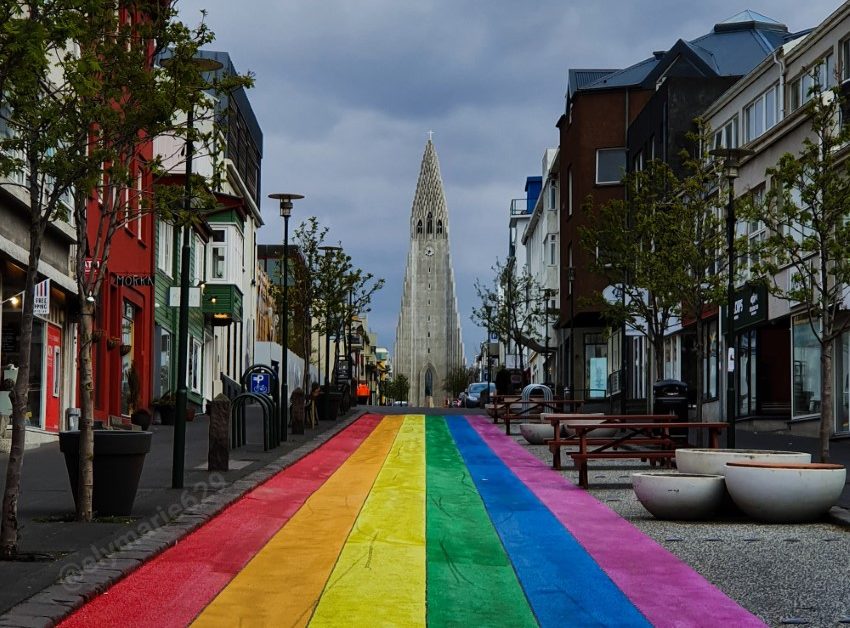Reindeer in Iceland: Nature’s Arctic Nomads
Reindeer (*Rangifer tarandus*) are not native to Iceland but have become an integral part of the island’s fauna since their introduction in the 18th century.
Unlike the Arctic fox, Iceland’s only native terrestrial mammal, reindeer, was brought to the country deliberately as a resource for meat and hides and possibly to establish a sustainable population.
Reindeer were first introduced to Iceland in 1771–1777, when several Scandinavian countries, including Norway and Denmark, were interested in presenting the species to new regions.
The primary goal was to provide the Icelandic people with a new source of meat, hides, and antlers.
The reindeer were also seen as a way to diversify the Icelandic economy, particularly in rural areas.
The reindeer population in Iceland fluctuates, with estimates ranging between 3,000 and 7,000 individuals. The population is actively managed through controlled hunting to prevent overgrazing and maintain ecological balance.
Let’s learn about the Reindeer in Iceland: Nature’s Arctic Nomads.
- Physical Characteristics
The body length ranges from 1.6 to 2.1 meters (5.2 to 6.9 feet). The height at the shoulder varies typically between 90 and 120 centimeters (35 to 47 inches).
Adult reindeer usually weigh between 70 and 150 kilograms (154 to 330 pounds), with males being larger than females.
Reindeer have thick, brown or grey fur in summer, which turns lighter and almost white in winter. Their dense undercoat provides excellent insulation against the cold.
Both males and females grow antlers, although those of males are larger and more elaborate.
Antler growth begins in the spring. Males shed their antlers after the breeding season in early winter, while females retain theirs until after calving in the spring.
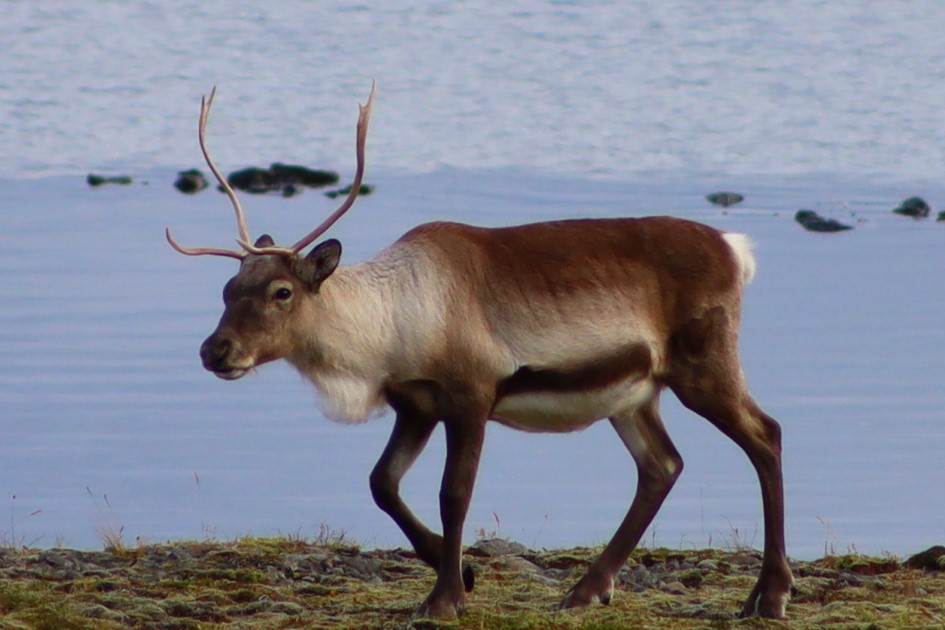
- Habitat
Initial groups were imported from Norway and were released in different parts of Iceland, including the Westfjords, South Iceland, and the eastern regions. However, only the populations in East Iceland survived and established a stable, wild population.
Today, reindeer are found exclusively in East Iceland, primarily in the highlands and coastal areas around the Vatnajökull National Park, specifically in regions such as Fljótsdalshérað, the highlands around Snæfell, and the coast near Vopnafjörður and Héraðsflói.
In winter, reindeer tend to migrate to lower altitudes closer to the coast; in summer, they move inland to higher elevations.
- Diet
Reindeer are herbivores that graze grasses, mosses, lichens, and shrubs. They dig through the snow in winter to access lichens and other vegetation.
In East Iceland, they feed on various tundra and heathland plants. In some areas, they also graze on lowland farmlands, which can lead to conflicts with farmers.
- Reproduction and Lifecycle
Breeding Season
The rutting season occurs in late September to early October, during which males compete for access to females. Dominant males gather harems of females and attempt to keep rival males away.
The gestation period lasts about 230 days.
Calving
Calves are typically born in May or June, often in remote, undisturbed areas of the highlands. A single calf is the norm, though twins are occasionally born.
Calves are precocial, meaning they can stand and follow their mothers shortly after birth, which is crucial for survival in the wild.
Parental Care
The mother provides care and protection, weaning the calf by autumn when the herd moves toward wintering grounds.
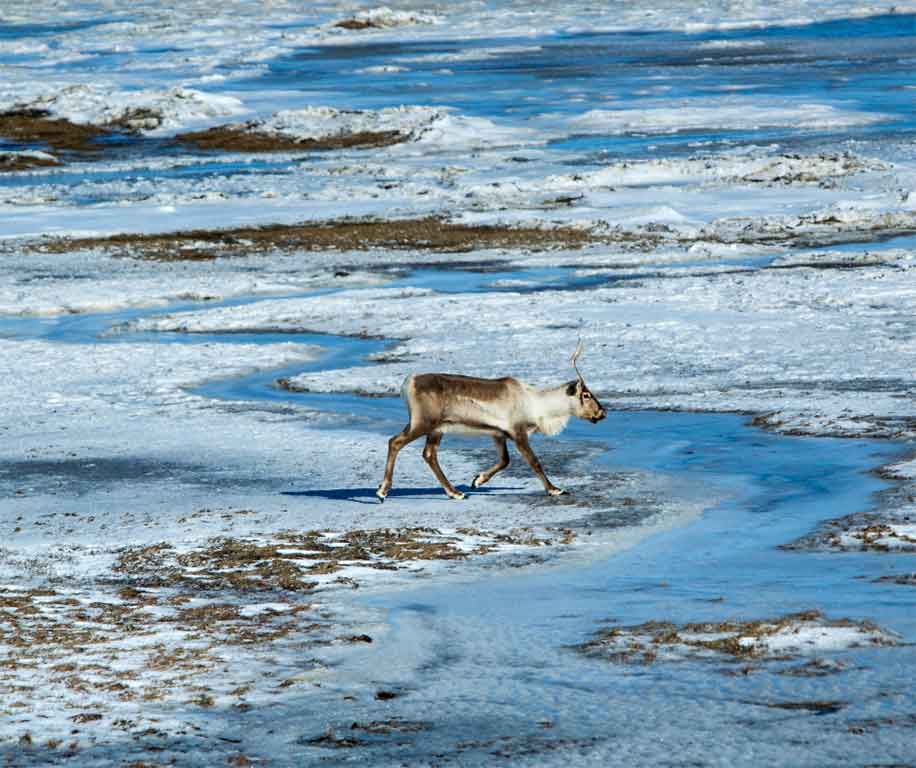
- Social Structure and Migration
Reindeer are social animals. They are often seen in herds, which vary in size depending on the season. Smaller groups may form in summer, while larger herds come together in winter for migration and during the rutting season in autumn.
Icelandic reindeer exhibit seasonal migrations, moving between coastal and inland areas depending on weather conditions and food availability.
These migrations help them avoid deep snow and maximise available resources throughout the year.

- Conservation and Management
Population Management
The reindeer population in Iceland is carefully managed through regulated hunting, which is necessary to maintain the balance between the animals and their environment.
The Icelandic government issues a limited number of hunting permits each year, with the hunting season typically occurring in late summer and early autumn.
Conservation Challenges
Habitat Encroachment: Expansion of agricultural activities and infrastructure development can reduce available habitat.
Climate Change: Changing weather patterns may affect food availability and the timing of seasonal migrations.
Human-Reindeer Conflicts
Reindeer occasionally graze on farmlands, which can lead to conflicts with farmers, especially during harsh winters when food is scarce in their natural habitat.
Compensation schemes and efforts to keep reindeer away from farmlands are in place to mitigate these conflicts.

- Economic and Cultural Importance
Economic Role
Reindeer hunting is an important economic activity in East Iceland, providing income through the sale of hunting permits, meat, hides, and antlers.
The reindeer also contribute to local tourism, attracting visitors interested in wildlife watching and experiencing the rugged beauty of East Iceland.
Cultural Significance
While not as deeply ingrained in Icelandic culture as in some northern indigenous cultures, reindeer have become a notable symbol of the wild nature of East Iceland.
Reindeer are a feature in some local folklore and are often associated with the region’s harsh but beautiful landscapes.
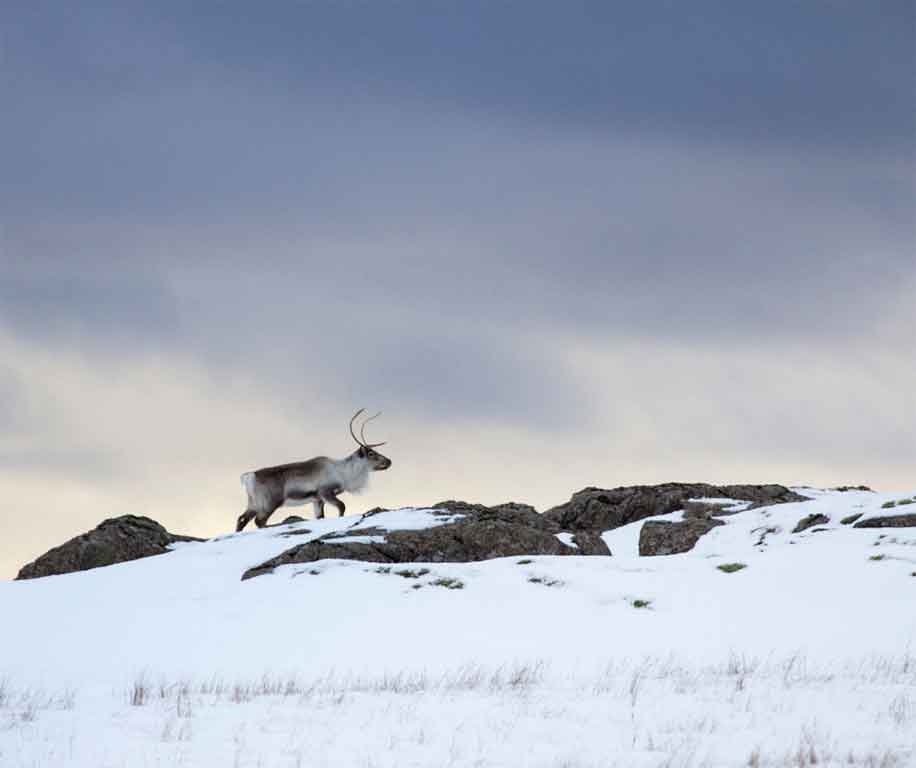
- Viewing Opportunities
Best Locations for Observation
The best places to see reindeer in Iceland are in the Eastfjords, especially in areas around the Vatnajökull National Park, Snæfell, and Fljótsdalshérað.
They are often spotted in the wild during the summer when they are more active and visible in their highland grazing areas.
- Research and Studies
Population Monitoring
Ongoing research monitors the population dynamics, health, and migration patterns of reindeer in Iceland.
Studies focus on understanding the impact of environmental changes and human activities on reindeer behaviour and habitat use.
Ecological Studies
Research also investigates reindeer’s role in the broader ecosystem, including their effects on vegetation and interactions with other wildlife species.
In summary, reindeer in Iceland are a unique and well-managed population of an introduced species that has adapted well to the Icelandic environment.
While they are not as culturally significant as in other parts of the Arctic, they are economically and ecologically important in East Iceland and contribute to the region’s biodiversity.
Conservation efforts continue to ensure that this population remains sustainable and that the balance between human activities and wildlife conservation is maintained.













